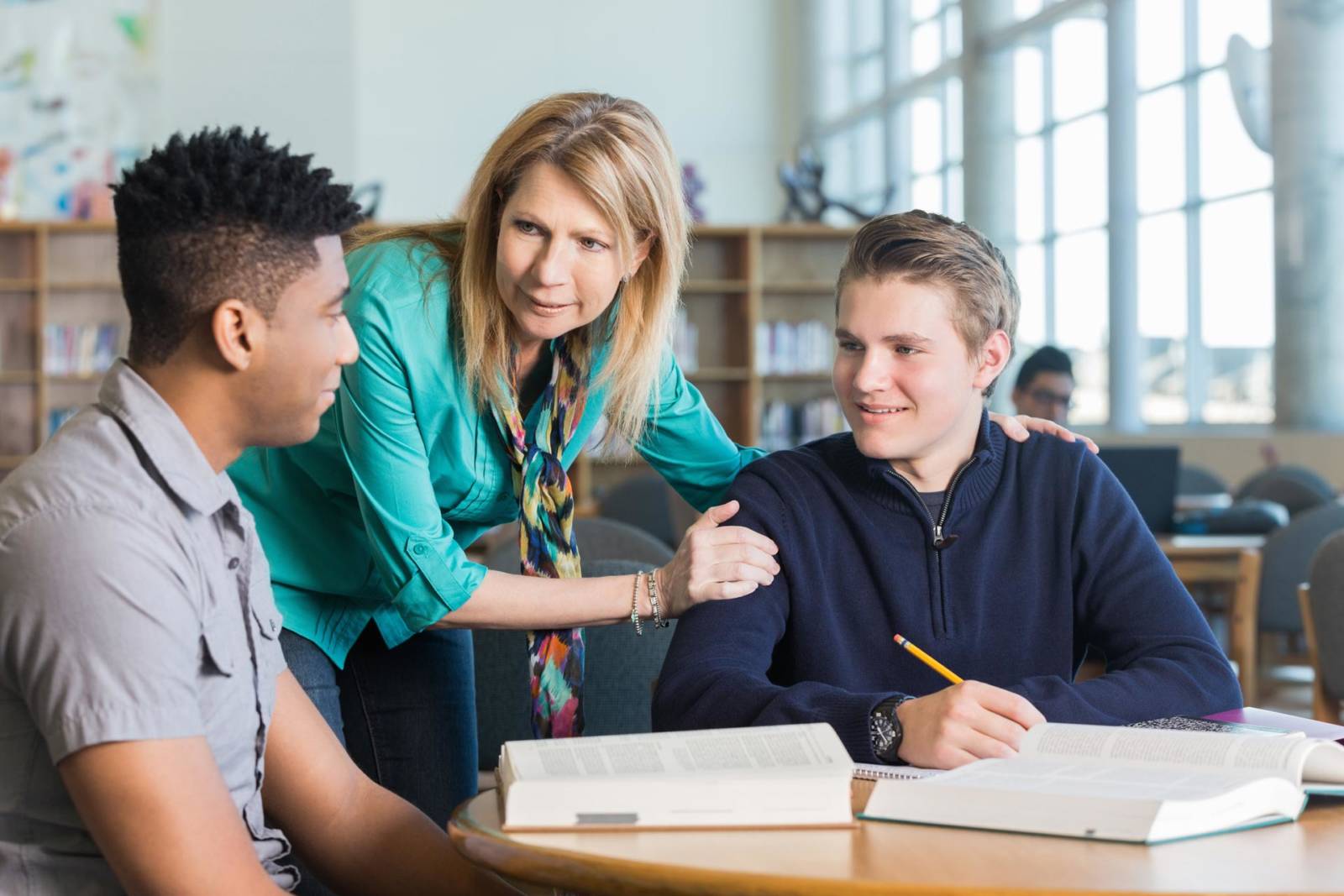
Everyone has a certain level of self-control. At one time or another, everyone must handle personal feelings and emotions during difficult life situations. Since bullying can be considered a difficult life situation, self-control is a crucial skill for dealing with bullying as well as bullying prevention. Everyone handles difficult life situations differently. Some people handle their personal feelings and emotions well, while others struggle to deal with them. Have you ever considered why you handle your feelings and emotions the way that you do? Have you ever wondered why some students struggle to control themselves, while others handle situations in mature, responsible ways? Knowing about the psychology behind self-control will enable you to better understand why your students act the way they do.
The Human Computer
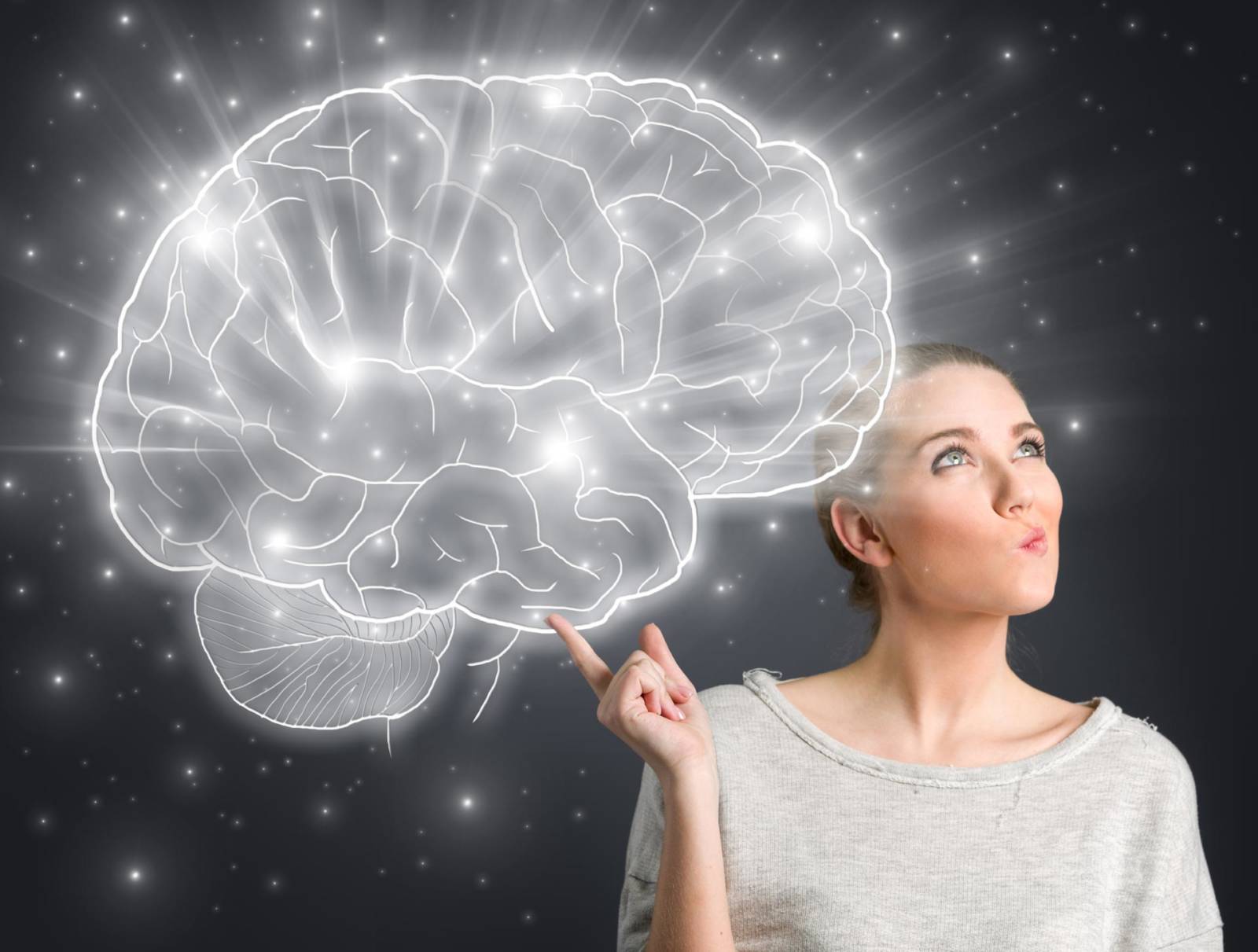
Let’s start by looking at where feelings and emotions are developed and stored in the brain. The brain is truly amazing. It normally weighs no more than three pounds, yet it has the capability of storing an almost unlimited amount of information. It can rewrite its programs in response to inputs and controls a vast number of complex processes.
The lower part of the brain is called the brain stem. All sensory and motor pathways pass through the brain stem on their way to the higher centers of the brain. The thalamus receives input from the senses (with the exception of smell), and then sends that information to other parts of the brain. Near the thalamus is another important area of the brain called the amygdala. This is the part of the brain that activates emotions. Most researchers agree that this is where the foundations of self-control are located. The last part of the brain we will discuss is called the visual cortex. The visual cortex is the structure of the brain that processes the visual information received from the thalamus.
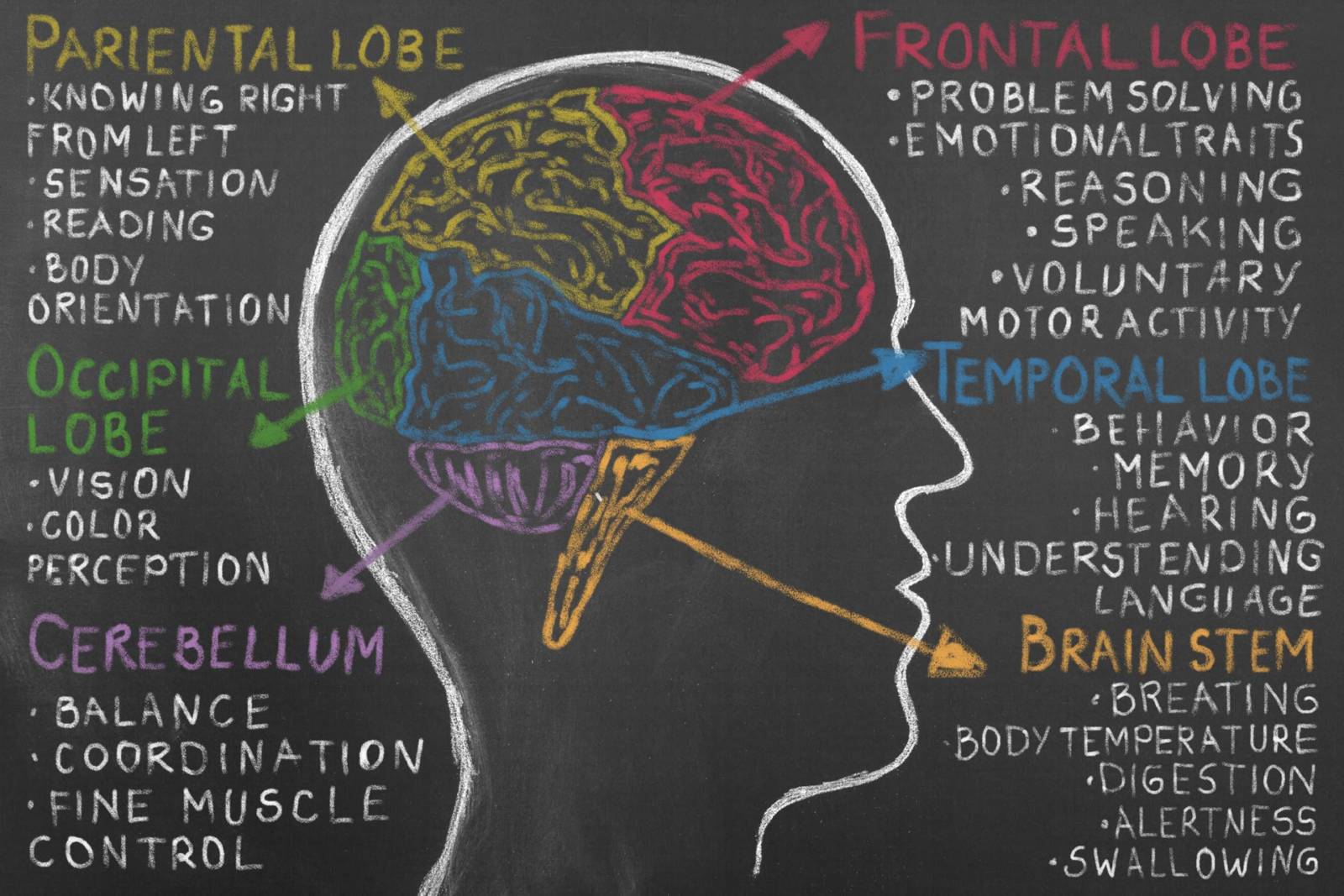
All of these parts of the brain work together and influence a persons self-control. Imagine witnessing a life-threatening situation. A visual signal goes from the eyes, to the thalamus, to the visual cortex, and then back to the amygdala. There is also a more primitive pathway that allows the brain to receive messages more quickly. This process allows a signal to go directly from the thalamus to the amygdala. Because this path is shorter it allows for a faster response.
The problem with bypassing the visual cortex is that the amygdala can trigger an emotional response before the visual cortex has an opportunity to fully process what is going on. The message the amygdala sends is sometimes out of date or simply incorrect. The amygdala compares what is happening now to what has happened in the past. This method of comparison is not very accurate. When one element of a situation is similar to a previous element the amygdala can fail to see the differences between the two situations.

Suppose you see a big dog running toward you. The amygdala commands you to respond to the situation with behaviors you may have used to react some time in the past. This shortened form of processing data ties your older pattern of thoughts, emotions and reactions, learned in response to previous events, to your current situation. In this case, the big dog was running toward you and the amygdala told you to react as if it was a life-threatening situation. Your heart rate increased, your blood pressure increased, and your large muscles were told to spring into action. All this was an over-response. This is a friendly dog!
If the process would have routed the message from your eyes to your thalamus to your visual cortex and then to your amygdala, a quite different response would have been triggered. Your visual cortex may have understood that this big dog was actually a friendly dog with a wagging tail. The shortened thought process that goes from the thalamus directly to the amygdala is a fight vs. flight response that helped our human ancestors respond to danger. The response that routes the information from the thalamus to the visual cortex to the amygdala is a newer pathway that gives you more control over your behavior.
The Cognitive vs. the Emotional Brain
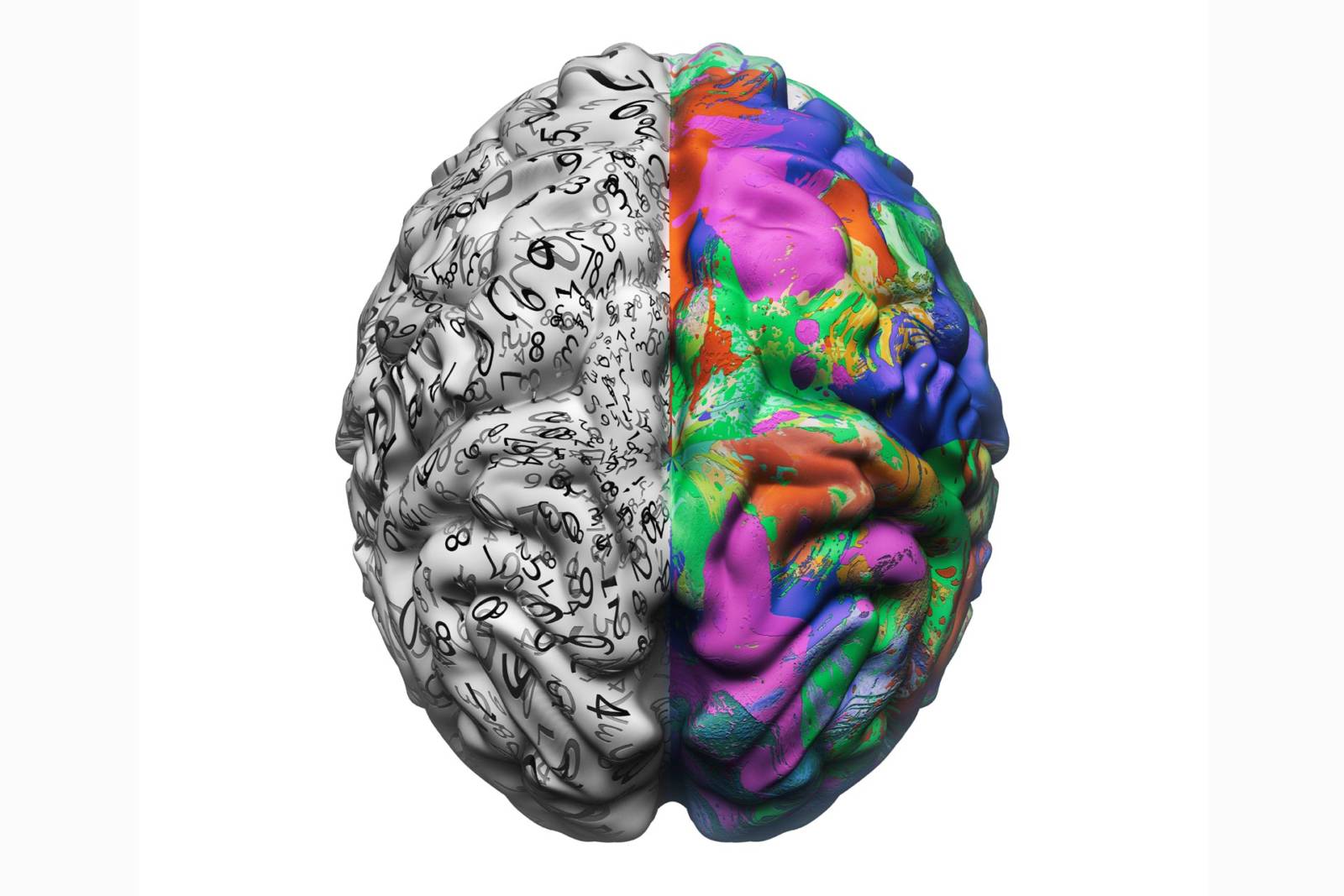
The cognitive brain (dealing with information) and emotional brain (dealing with feelings) provide a steady flow of information. When a life threatening situation occurs, the emotional brain takes over. The more intense the feeling, the more dominant the emotional brain becomes and the less dominant the cognitive brain becomes. When someone experiences a feeling such as anger, a battle between the cognitive and emotional brain begins. In most instances, the cognitive brain works in harmony with the emotional brain. If the feeling becomes too strong, the emotional brain wins out and tells the brain to act according to emotional feedback programmed into the brain from past experiences.
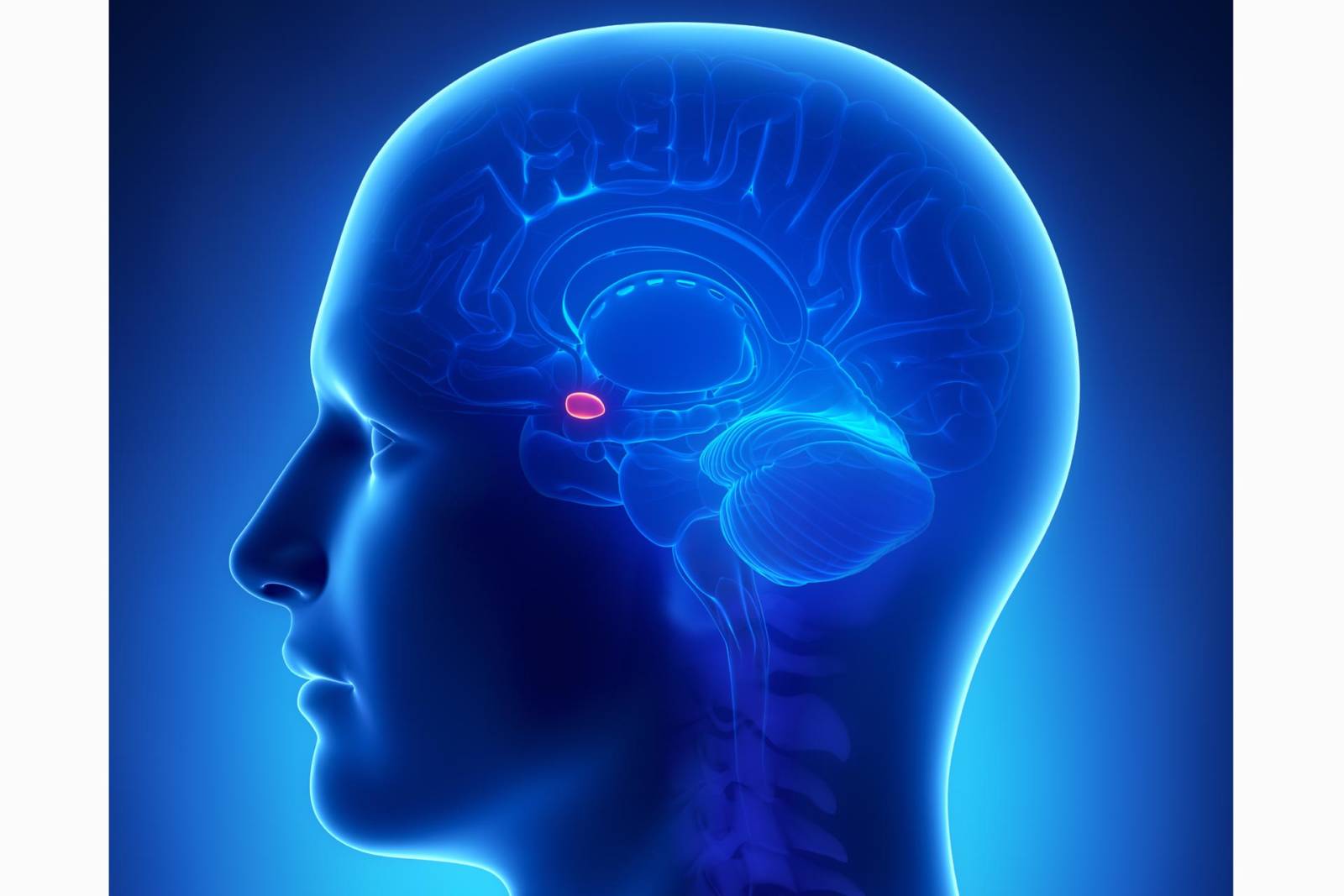
Many researchers believe that the amygdala is the center of the brain that controls emotions and that the amygdala can quickly determine an emotional response to a situation for either staying (fight) or withdrawing (flight). The amygdala functions as a storehouse of emotions and feelings. Daniel Goleman, in his book Emotional Intelligence, talks about the inability of the amygdala to properly handle highly-charged emotional situations. When the amygdala fails, he calls this an “emotional hijacking”. During an emotional hijacking, irrational actions are the direct result of a person’s inability to use the cognitive brain along with the emotional brain. The emotional brain simply takes over.
Locus of Control

Researcher Julian Rotter concluded that people’s thoughts are just as important as what actually happens. Rotter used the term “locus of control” to refer to people’s beliefs about their own self-control. People with an internal locus of control or “internals” believe that they are responsible for what happens to them. People with an external locus of control or “externals” believe that they have no control over what happens to them. Externals view themselves as victims of fate or of other outside forces. Rotter’s research shows that locus of control can change during one’s lifetime. If it can change, then it can be learned.
Choice Theory

William Glasser, in his book “Choice Theory, A New Psychology of Personal Freedom”, describes choice theory. In choice theory, procrastination, blame and victim thinking are not possible. Choice theory teaches that you are more in control of your life than you realize. When something goes wrong, you choose to feel upset about the situation. Just as you choose to be upset, you could instead choose to not be upset. In other words, you have control over your own personal suffering and misery. Choice theory looks at all people as having the potential to be happy; however, the reality is quite different. People who have no close relationships usually feel bad about themselves and are very lonely. One important part of choice theory is called “total behavior”.
Total behavior is described like this: All of us behave from birth to death, and we choose our behaviors during our lifetime. If these behaviors are leading us to depression, perhaps we need to call what we are doing something different. If we change it to a verb, meaning that we call the behaviors depressing, we can see that we are in control and can choose to change what we are doing.

Glasser says there are four components in choice theory related to total behavior. They are:
Component 1. The component of activity –talking, walking, sleeping, eating, etc.
Component 2. The component of thinking – you are always thinking.
Component 3. Feeling – when you behave or act a certain way, you feel something.
Component 4. Physiology – there is always something going on physically, such as your heart pumping, your lungs taking in oxygen, etc.
With choice theory, you have control over your actions (Component 1) and your thoughts (Component 2). What you feel (Component 3) and your physiology (Component 4) are totally connected to your chosen actions and thoughts. If you choose to hit your head against the wall, it hurts. Would it not be correct to say that you are choosing to suffer the pain associated with this action and thinking choice? If it hurts, stop!

The use of verbs is an ingenious method of changing the way you think about the problems in your life. This new form of language, which is known as active language, favors verbs over nouns. Changing “I suffer from depression” to “I am depressing” results in a feeling of having some control over the situation. You are choosing what you are doing or how you are acting. You are capable of choosing something else, something better. Personal responsibility, related to self-control, is greatly enhanced by choice theory. Since personal responsibility is a choice, you are responsible for making the choice to be personally responsible.
If you’d like to learn more about how our Bullying Prevention program can help your school or organization click the free trail button below.
